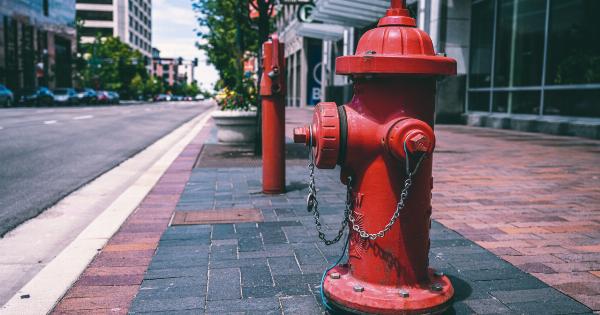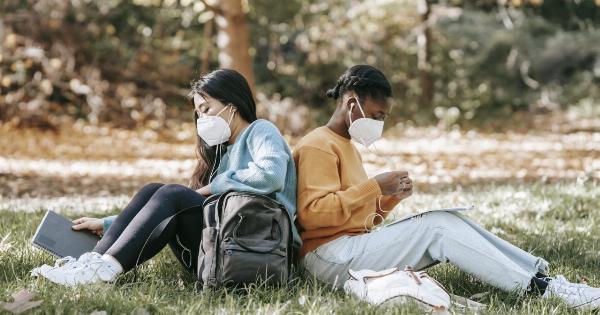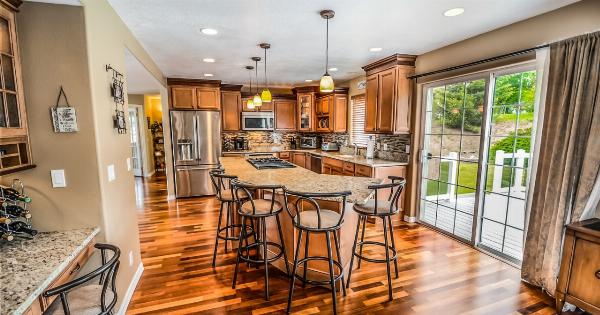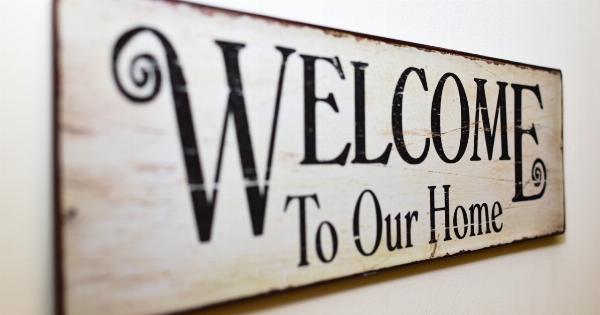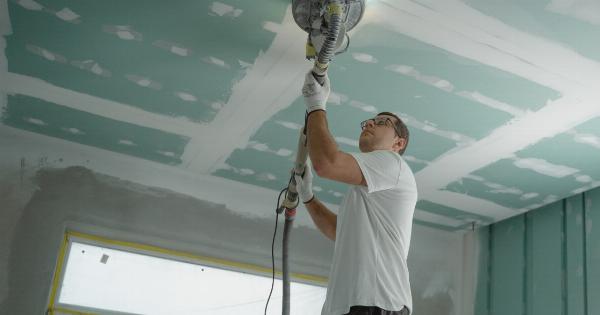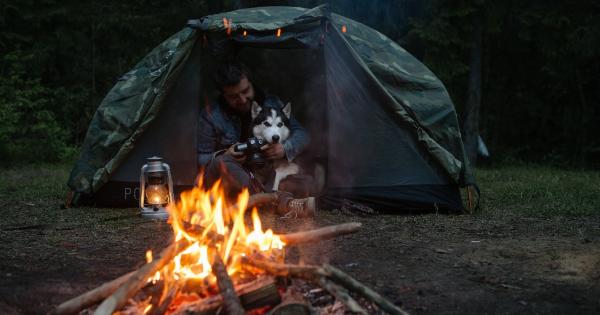When it comes to the place we call home, safety should always be a top priority. A safe home not only provides peace of mind but also contributes to a happier and healthier lifestyle.
From preventing accidents to protecting our loved ones, creating a safe environment is essential. In this article, we will explore various ways to ensure your home is safe and secure.
1. Install High-Quality Security Systems
One of the most effective ways to safeguard your home is by installing a reliable security system. This includes video surveillance cameras, burglar alarms, and motion sensors.
These devices act as deterrents and can alert homeowners, neighbors, or security companies in case of any suspicious activity. With the advancements in technology, smart security systems can now be easily integrated with your smartphone, allowing you to monitor your home remotely.
2. Secure all Entry Points
To enhance the safety of your home, it is crucial to secure all entry points. This means installing strong and durable doors with deadbolts and reinforced frames. Windows should have secure locks, and if possible, shatterproof glass.
Sliding doors can be reinforced with bars or metal rod inserts to prevent forced entry. Don’t forget to secure basement windows and any other potential entry points.
3. Adequate Lighting
Proper lighting is essential for maintaining a safe home. Dark areas can provide cover for potential intruders and pose a risk for accidents.
Installing outdoor security lights with motion sensors can deter criminals and make it easier for you to identify any unusual activity. It is also important to have well-lit areas inside the house, especially on stairways and hallways, to prevent trips and falls.
4. Fire Safety
Fire safety is a critical aspect of a safe home. Make sure to have smoke detectors installed throughout your home, especially near bedrooms and on every floor. Test them regularly to ensure they are functioning correctly.
Additionally, equipping your home with fire extinguishers, fire blankets, and an escape plan in case of emergencies is highly recommended.
5. Childproofing
If you have young children or expect them in the future, childproofing your home is essential for their safety. Install safety gates at the top and bottom of staircases to prevent falls. Cover electrical outlets to minimize the risk of electrocution.
Keep hazardous substances such as cleaning products and medications out of reach, and secure heavy furniture to the wall to prevent tip-overs.
6. Avoid Electrical Hazards
Electrical hazards can pose a significant risk in any home. To ensure the safety of your household, check all electrical wiring and outlets regularly for signs of damage, and have them repaired by a professional if needed.
Avoid overloading outlets and use surge protectors to protect sensitive electronic devices from power fluctuations. Teach your family about electrical safety, including the dangers of water and electricity.
7. Maintain a Clean and Tidy Home
A clean and tidy home is not only aesthetically pleasing but also contributes to a safe environment. Cluttered spaces can increase the risk of accidents and make it difficult to navigate through the house.
Ensure that objects are properly stored and organized to prevent tripping hazards. Regularly clean floors to avoid slips, and promptly address any spills to prevent falls.
8. Install Carbon Monoxide Detectors
Carbon monoxide (CO) is a silent killer that can be released by gas appliances, fireplaces, and faulty HVAC systems. Install carbon monoxide detectors in areas near bedrooms and on every floor to detect this odorless and colorless gas.
Regularly check and replace the batteries in these detectors to ensure they are functioning correctly and provide an additional layer of protection for your family.
9. Secure Valuables
Protecting your valuables not only safeguards your financial investments but also brings peace of mind. Consider installing a safe or using safety deposit boxes to store important documents, jewelry, and other valuable items.
This can reduce the risk of theft and damage in the event of a break-in or natural disaster. Additionally, consider marking valuable items with identifying marks or using tracking technology to aid in recovery if stolen.
10. Regular Maintenance and Inspections
Regular maintenance and inspections are crucial for identifying potential safety hazards in your home. Ensure that electrical systems, heating systems, and other appliances are inspected by professionals at regular intervals.
Regularly clean and service chimneys and fireplaces to prevent chimney fires. Inspect the structure of your home for any signs of damage or wear, and address them promptly to prevent further deterioration.
In Conclusion
Creating a safe home environment is not just about having the latest security gadgets, but it involves a holistic approach.
By following the tips mentioned above, you can significantly reduce the risk of accidents, theft, and potential harm to your loved ones. A safe home fosters peace of mind, allowing you to fully enjoy the comforts of your cherished sanctuary.








